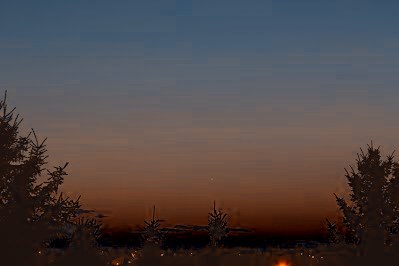Gray balance approach reasonable? (snibgo)
Posted: 2018-03-19T20:38:03-07:00
Hi there.
I would appreciate some advice/direction:
I would like to transform the color balance from a sensor with "no IR-filter" (Canon 60Da) to a "normal" one, say Canon 5DMark I. I have written up a web page describing the problem and a potential solution, including a couple of images: https://sites.google.com/site/alistarga ... -to-normal
Now of course I can adjust one image in GIMP, but I have several thousands of images, so I would prefer an ImageMagick solution I can script into a loop instead of going via Photoshop/Lightroom.
In brief, I think my approach is: under a range of bright to dark twilight conditions, use TWO cameras to take bracketed exposures of a gray card. Then using snibgo's Gray balance approach (http://im.snibgo.com/colchkcha.htm#graybal) create a library of transforms indexed to the solar depression and exposure value. With that in hand, for any picture past or present, I can push it through the appropriate transform. I know it won't be exact, but it will be closer to what my eye sees than the current excess of reds.
Am I on the right path? Is there something obvious I've missed?
Alister.
P.S. This forum boosts my confidence that humanity will make it! Thanks to all who contribute to the community.
I would appreciate some advice/direction:
I would like to transform the color balance from a sensor with "no IR-filter" (Canon 60Da) to a "normal" one, say Canon 5DMark I. I have written up a web page describing the problem and a potential solution, including a couple of images: https://sites.google.com/site/alistarga ... -to-normal
Now of course I can adjust one image in GIMP, but I have several thousands of images, so I would prefer an ImageMagick solution I can script into a loop instead of going via Photoshop/Lightroom.
In brief, I think my approach is: under a range of bright to dark twilight conditions, use TWO cameras to take bracketed exposures of a gray card. Then using snibgo's Gray balance approach (http://im.snibgo.com/colchkcha.htm#graybal) create a library of transforms indexed to the solar depression and exposure value. With that in hand, for any picture past or present, I can push it through the appropriate transform. I know it won't be exact, but it will be closer to what my eye sees than the current excess of reds.
Am I on the right path? Is there something obvious I've missed?
Alister.
P.S. This forum boosts my confidence that humanity will make it! Thanks to all who contribute to the community.
